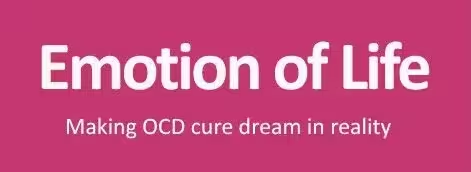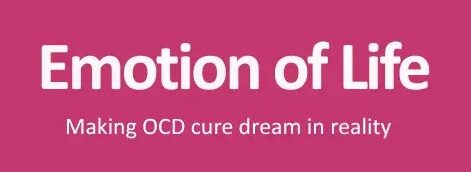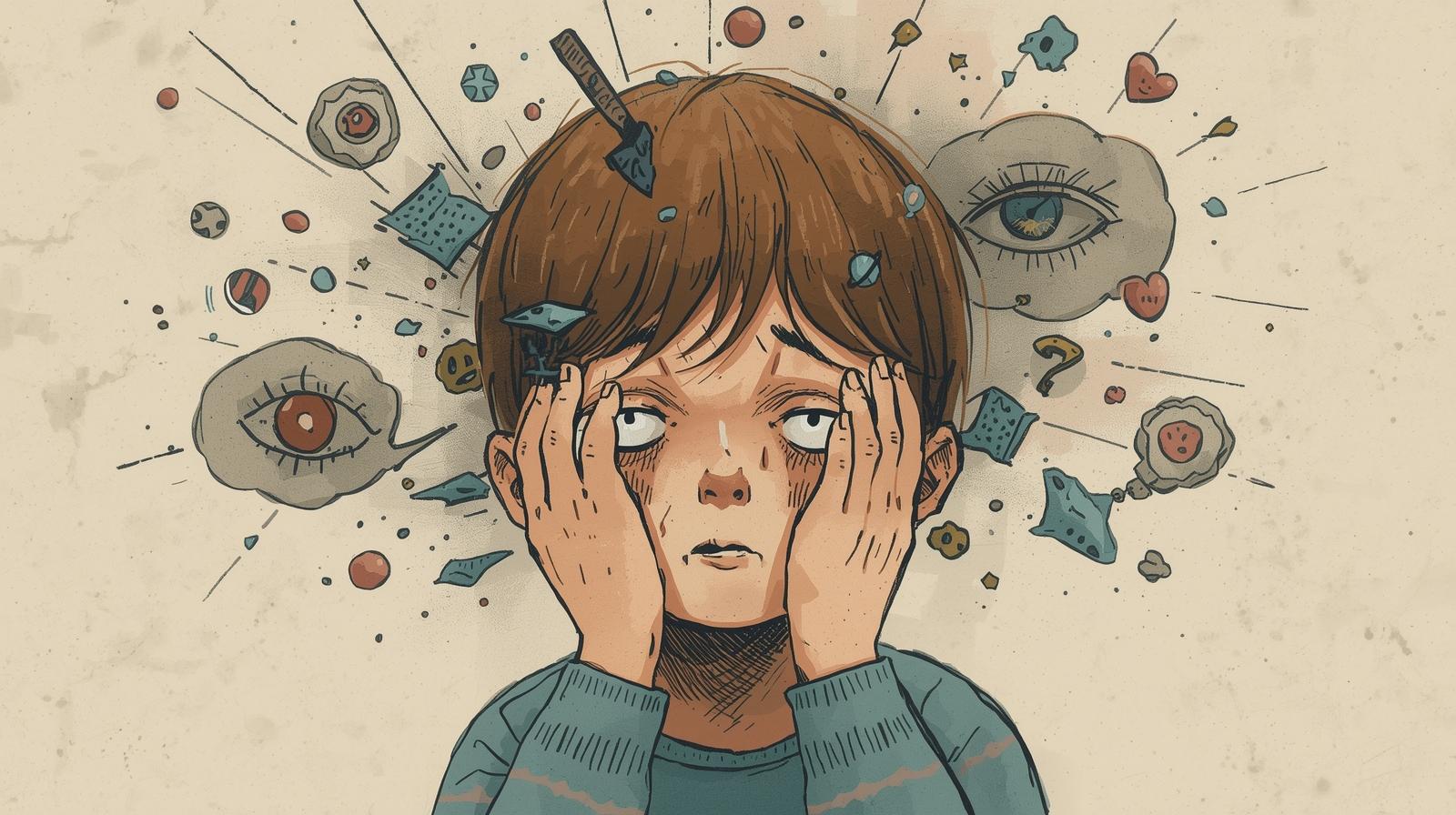SYMPTOMS OF HARM OCD IN CHILDREN
The experience of harm-related obsessions involves both physiological and psychological aspects.
Physiological symptoms
Physiological symptoms in harm OCD in children include the body’s automatic anxiety responses, such as a racing heart, sweating, muscle tension, stomach discomfort, headaches, sleep issues, and heightened alertness. For some children, this physiological arousal may manifest as restlessness, irritability, or tantrums.
Psychological symptoms of Harm OCD in children
Children often feel intense shame, guilt, panic, or an ongoing fear of losing control. While older children might grasp the irrationality of their thoughts yet struggle to dismiss them, younger ones may feel scared and confused, unable to understand their experiences. Over time, compulsive behaviors and avoidance strategies can become ingrained, negatively impacting school, relationships, family dynamics, and the child’s self-identity.
Harm OCD in children can present in various forms. Some children mainly experience intrusive violent imagery, while others may feel sudden urges to push someone or shout obscenities. Additionally, some may worry about causing accidental harm, becoming preoccupied with fears of injuring others due to negligence, such as leaving a hot drink within reach of a sibling. In some cases, intrusive thoughts about harm can involve sexual content, which can be particularly distressing for both the child and parents and require a careful, nonjudgmental clinical approach. Importantly, these presentations can overlap and evolve, with a single child shifting between different themes based on their developmental stage or stress levels.
CAUSES OF HARM OCD IN CHILDREN
Various psychological, social, and environmental factors play a role in the development and persistence of harm OCD in children.
Psychological factors
Traits such as a naturally anxious temperament, high vigilance, or a tendency towards excessive responsibility can create a conducive environment. Children who struggle with uncertainty or equate intrusive thoughts with actual actions are more susceptible to developing harm OCD. Cognitive distortions like catastrophic misinterpretation, which involve the belief that simply having a thought implies one will act on it, also help perpetuate the cycle. Developmental challenges, including inadequate emotional regulation and limited understanding of thoughts as mental events, hinder children’s ability to dismiss intrusive thoughts.
Social Factors
Family behaviors that inadvertently reinforce rituals, such as providing reassurance, engaging in safety behaviors, or accommodating avoidance can increase compulsions. Factors like overprotective parenting, elevated family anxiety, parental habits of checking or seeking reassurance, and family discord can all contribute to the emergence of symptoms.
Environmental Factors
Changes in school, bullying, family illness, or significant life events often trigger exacerbations. Although trauma is not a common direct cause of harm OCD, stress and exposure to violent imagery, such as through media can fuel intrusive thoughts and elevate anxiety.
TREATMENT OF HARM OCD IN CHILDREN
Diagnosing harm OCD in children requires a detailed evaluation by professionals experienced in childhood anxiety and OCD. It’s crucial to differentiate between intrusive, distressing thoughts and behaviors that suggest intent, conduct issues, or typical imaginative play. A comprehensive interview examines the nature of the child’s thoughts, level of distress, any compulsive actions, avoidance tendencies, and the impact on their functioning. Incorrectly labeling a child as “dangerous” or punishing them for discussing these thoughts stems from stigma rather than understanding; thus, professionals and parents should approach these conversations with calm and nonjudgmental curiosity.
Cognitive Behavioral Therapy (CBT) — Harm OCD in children
Treatment for harm OCD in children is most effective when initiated early with active family participation. The primary psychological approach is CBT. CBT helps kids recognize intrusive thoughts, realize that thoughts don’t equate to actions, and apply cognitive restructuring to challenge unproductive beliefs and excessive responsibility. Sessions are customized to suit the child’s age and comprehension, utilizing metaphors, cartoons, and behavioral experiments. Parents are instructed on how to support their child during moments of distress without reinforcing compulsive behaviors.
Exposure and Response Prevention (ERP) — Harm OCD in children
ERP is essential for addressing harm OCD in children. ERP encourages children to confront intrusive thoughts or feared situations intentionally while resisting the impulse to engage in neutralizing behaviors or seek reassurance. For example, a child who worries about accidentally harming a sibling may be encouraged to remain in the same space as a toy knife present (a form of graded exposure) without checking or seeking comfort. Repeated exposures help diminish anxiety through a process called habituation. ERP must be conducted by trained therapists and tailored for children, with the therapist fostering trust, using age-appropriate language, and involving caregivers for practice at home.
Acceptance and Commitment Therapy (ACT) — Harm OCD in children
ACT provides complementary strategies focusing on altering the child’s relationship with their thoughts rather than attempting to suppress them. ACT employs techniques like cognitive defusion (viewing thoughts as merely words and images), values clarification (identifying what is important to the child), and mindfulness practices suited for children. For harm OCD in children, ACT encourages the child to accept intrusive thoughts while pursuing actions aligned with their values, such as kindness, safety for friends, and academic success, even when those thoughts occur. Integrating ERP with ACT concepts can lessen the struggle with intrusive thoughts and enhance long-term coping skills.
Wellness Coaching — Harm OCD in children
Wellness coaching serves as a foundational principle and overarching philosophy in treatment by assisting children in establishing daily habits, sleep practices, balanced diets, and physical activities that promote stress management. When discussing wellness coaching for children, the focus is on teaching practical skills such as maintaining regular sleep, incorporating movement breaks, practicing relaxation techniques, and engaging in enjoyable social interactions. These practices do not substitute for ERP or CBT but rather enhance resilience. A wellness-oriented approach also encourages families to adopt a lifestyle that minimizes overall arousal, providing the child with greater emotional resources to handle challenges and learn new habits.
Personality Dynamics Courses Correction — Harm OCD in children
Incorporating personality dynamics courses or psychoeducational modules that help children and their families understand their temperament, relational styles, and emotional triggers. This process is not about labeling the child, but about providing insights into how tendencies like perfectionism, guilt sensitivity, or high levels of responsibility may interact with harm OCD in children. These courses can foster emotional literacy enabling children to identify feelings, recognize physical signs of anxiety, and develop healthy self-talk, thereby helping them cultivate a cohesive self-concept and a set of tools for managing stress without resorting to compulsive behaviors.
Establishing Healthy Coping Mechanisms
It is essential to any treatment approach. Therapeutic sessions focus on teaching practical coping skills, which are practiced repeatedly, such as deep breathing, grounding exercises, scheduling brief “worry time” to acknowledge anxious thoughts, and using affirming statements that differ from reassurance-seeking responses. Parents are guided to provide brief empathetic validation like saying, “That sounds frightening” and then gently redirect the child to a different activity instead of offering long-term reassurance or accommodation. Schools can also play a role in supporting exposures and minimizing avoidance.
Improving emotional and mental health for Harm OCD in children
It goes beyond just alleviating symptoms; it involves enhancing the child’s ability to tolerate uncertainty, self-soothe, and participate in meaningful activities. Therapy encompasses incremental challenges to build confidence, social skills practice to mend and strengthen friendships, and family work aimed at reducing conflict and accommodation. For many children, experiencing small victories such as attending school without excessive checking, playing with friends despite fears, or sleeping through the night, serves as significant positive reinforcement in their recovery journey.
During treatment, it is essential to adopt a kind and affirming approach. Children must understand that having intrusive thoughts does not define their character, as many individuals experience such thoughts from time to time. Parents need access to support and psychoeducation to help them avoid responses that could exacerbate symptoms. Teachers and classmates can benefit from straightforward explanations that respect the child’s privacy while allowing for appropriate adjustments at school during the initial stages of treatment.
SUCCESS STORY of Overcoming Harm OCD in children
FAQ
- How do intrusive thoughts in Harm OCD differ from violent behavior?
Intrusive harm thoughts are not indicators of violent intent. They are unwanted mental events that cause fear and shame. Unlike conduct problems, children with Harm OCD are usually terrified of the idea of hurting someone and go out of their way to avoid it.
- How can parents distinguish Harm OCD from real risk?
A key difference is that intrusive harm thoughts cause fear and avoidance, whereas actual violent intent would not produce shame or guilt. If a child is upset about their thoughts and actively avoiding triggers, it strongly suggests OCD rather than intent to harm.
3. What are the common symptoms of Harm OCD in children?
Symptoms include intrusive violent images or impulses, compulsive checking, reassurance-seeking, avoidance of objects like knives, and intense physiological anxiety such as racing heart, sweating, and restlessness.
4. How should families respond to a child with Harm OCD?
Parents should provide calm validation, avoid excessive reassurance, and resist accommodating compulsions. Instead, they can support therapy homework, encourage coping skills, and model balanced responses to stress and uncertainty.
- Can children fully recover from Harm OCD?
Yes, with early recognition and appropriate therapeutic treatment, most children significantly improve. Many learn to manage intrusive thoughts effectively, reduce compulsions, and live fulfilling lives. Long-term outcomes are best when families are involved and therapy is consistent.
16 step process of OCD Recovery and Cure Program
- Initial interaction via call or WhatsApp to know the client’s OCD scenario & willingness of recovery mindset.
- The first consultation aims to understand the client’s OCD patterns, subtype, complexity, severity.
- A comprehensive psychological assessment covering the OCD spectrum, emotional and mental health, personality dynamics, quality of life, functional analysis, unconscious mind processing, and present complexity as hidden motives, drives, needs, dominant emotions, and other qualitative & quantitative check.
- Development of a clear problem statement by the client, followed by a family feedback session to collect inputs and the client’s OCD-related challenges.
- Creating and developing a structured work plan with defined goals and a clear timeline.
- Initiation Therapy Foundation Course (6 days)
- A. Customized CBT and ERP one-on-one sessions conducted daily from Monday to Friday as part of the therapeutic intervention, over a duration of 4 to 6 months.
- B. Weekly family sessions conducted every Saturday throughout the course of the treatment.
- Ongoing weekly and monthly progress reviews to assess development & treatment adjustment if needed.
- Midterm evaluation in the 3rd month to assess progress and compare with expected initial projected outcomes in the initial phase.
- Course correction in personality dynamics, with focused work on improving mental health and enhancing emotional well-being in the fourth month.
- Relapse management focused on building resilience against the obsessional patterns that were primary challenges at the beginning of the program.
- End-term evaluation to ensure all recovery milestones have been achieved and to assess overall treatment outcomes.
- Final declaration of OCD recovery through a three-layer validation process involving the therapist, the client’s family, and a comprehensive psychological assessment.
- Post-recovery follow-up sessions conducted weekly on Saturdays for a duration of 6 months to ensure sustained progress and prevent relapse.
- Guiding throughout the 6-month follow-up to ensure the client remains stable and receives the necessary assistance to prevent 0% relapse.
CONCLUSION
In summary, harm OCD in children is a troubling yet manageable condition. It involves intrusive, distressing thoughts, physiological reactions, and ineffective coping mechanisms that disrupt everyday life. Comprehending the condition entails distinguishing between intent and intrusive thoughts while recognizing how temperament, cognitive beliefs, family reactions, and environmental pressures contribute to the persistence of symptoms. Treatments like cognitive-behavioral therapy with exposure and response prevention are effective, especially when combined with acceptance and commitment therapy strategies, wellness coaching, education on personality dynamics, and skills for healthy coping and emotional regulation. Early and compassionate intervention, involving both parents and schools, offers children the best opportunity to lessen their symptoms, regain control over their lives, and develop resilience. If you are a parent reading this, remember that your steady and supportive presence, along with a readiness to seek specialized assistance, can profoundly impact your child’s journey, helping them realize that thoughts do not dictate actions and that they can live a fulfilling and connected life.


